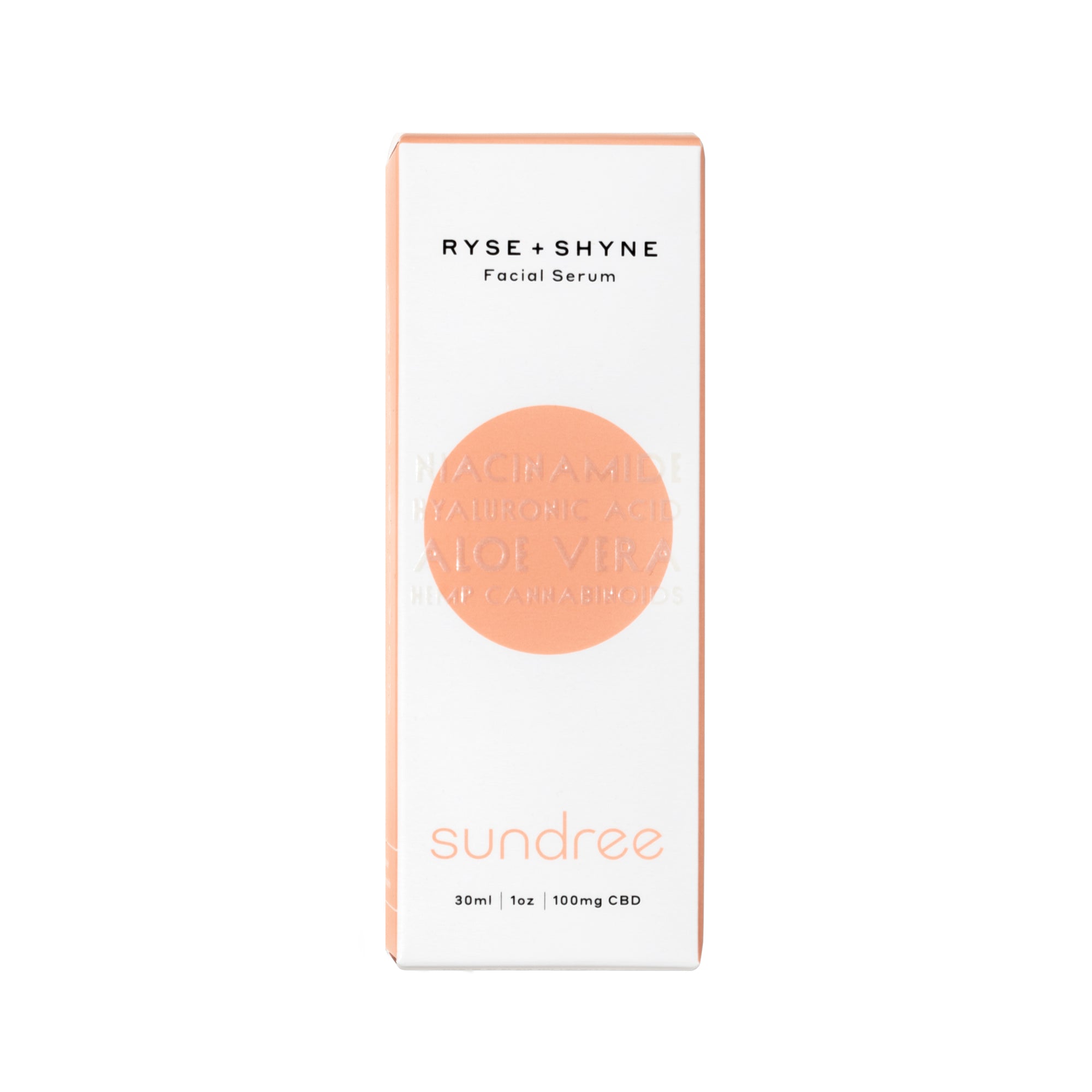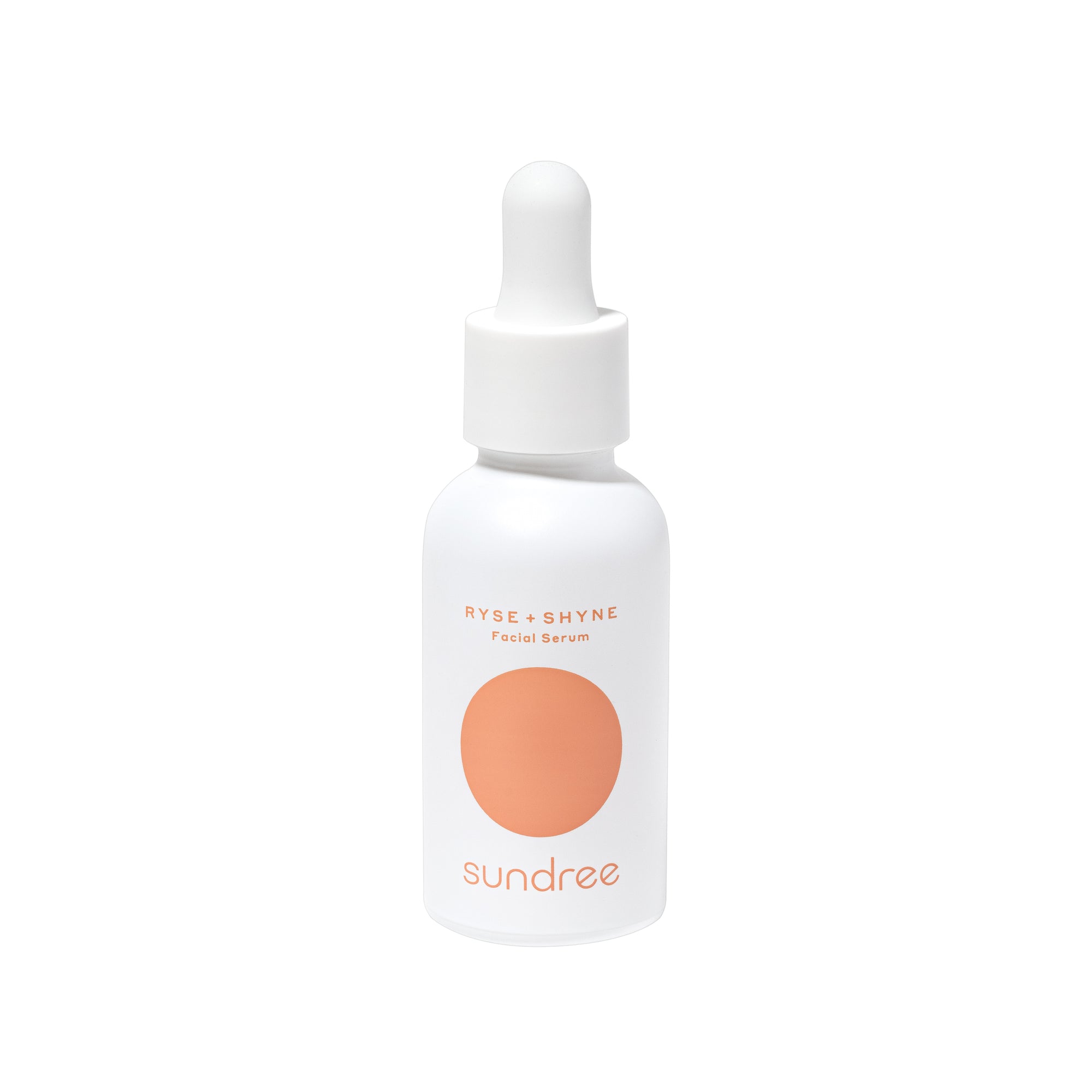To fully enjoy a healthy, glowing, and youthful complexion, it’s essential to provide your skin with what it needs to appear and feel its best. Sometimes, your skin needs a little extra care, and a facial can help ensure healthy and vibrant skin.
Who doesn’t love feeling relaxed and refreshed after a facial treatment? Some of you might think of a facial treatment as a luxury for special events. However, you may not realize that it can help skin significantly when done as a part of a regular skincare routine. But the question is, how often should you get a facial to reap maximum benefits and achieve your desired results? Keep on reading to learn how often you should pamper yourself to a facial treatment and the different options to choose from.
Why Should You Get a Facial?
Are you wondering whether professional-grade facials are good for your skin and worth spending your time and money? One reason to get a facial regularly is to treat and manage various skin problems, including hyperpigmentation, wrinkles, acne, and dryness. However, even if you’re not facing any of these problems, a facial treatment can help boost the elasticity and radiance of skin and prevent future skin issues. Moreover, getting your skin pampered by a professional helps you know your skin better and understand your skin's needs. Also, the rejuvenating and de-stressing effects of a facial treatment are worth giving it a try.
Benefits of Getting a Facial
Once you start getting facials, you will see results right after your first treatment, and your skin will improve with every visit. One of the main benefits of getting facials is that a qualified esthetician will deep cleanse your skin. Other benefits include exfoliation, massage, toning, and extraction.
Facials assist in boosting microcirculation, removing impurities from the pores, accelerating lymphatic drainage, nourishing and hydrating the skin, and enhancing your skin tone and texture. All these benefits show up in the form of fresher, brighter, and plumper skin. In addition, regular facial treatments can help you with acne, clogged pores, wrinkles, discoloration, puffiness, sunspots, roughness, blackheads, and dullness.
Factors to Consider While Scheduling a Facial
There are many reasons to schedule a facial treatment, such as rejuvenating the skin, calming acne breakouts, toning down puffiness, and hydrating the skin. But how frequently should you get a facial that will work best for your skin? Here are some factors to consider:
- Skin type - The main factor that decides how often and what type of facial you should get is your skin type. It's best to schedule a facial at least once a month if you are trying to manage oily and acne-prone skin, clogged pores, and blackheads. You can stretch out your facial treatments once you notice that your skin is clearer and well-maintained. If you have dry or combination skin, one facial a month is sufficient for you. For sensitive skin, consider going less often and see how your skin reacts to it. A facial every two months can help you achieve smooth and healthy skin.
- Skin Problems - The number of facials you get every month may vary depending on your skin condition. If you have acne, blackheads, and whiteheads, you’ll need to get your facial treatments more often. If you struggle with many skin problems and have skin that can benefit from a combination of treatments, more regular facials would be beneficial. Your esthetician can guide you better on how often you should schedule your treatments and set up a skincare plan.
- Age - Your facial treatment plans also depend on your age, as your skincare regimen needs to evolve to fulfill your skin's changing needs. A person younger without any skin issues is less likely to get frequent facials because their skin has the natural ability to repair and renew itself. As you age, you’ll need a skincare plan that stimulates collagen synthesis in your skin. Getting frequent facials can help you slow down the process of your skin’s aging.¹ So, the rejuvenation speed of your skin also decides the frequency of facials.
Types of Facials to Choose From
It can be challenging to select a facial treatment with so many options to choose from. Below are commonly used facial treatments and what they can do for your skin:
- Chemical Peels - Chemical peels improve the tone and texture of the skin. They help treat plenty of skin problems, such as fine lines and wrinkles, acne scars, sunspots, melasma, and other types of skin discoloration. It involves applying a solution to the face, neck, and hands to exfoliate the skin and remove damaged skin cells, revealing smoother, even-toned, and softer skin underneath. The concentration of peeling solution varies and depends on your individual skin requirements and types. Light, medium, and deep peels are options, and only a certified skincare specialist can perform this facial treatment. The procedure usually takes 30 minutes and comes with some downtime. If you had a medium or deep chemical peel, your skin might need two to three weeks to recover completely.
- Hydrafacial - If you’re after a plump, bright, and fresh complexion, hydrafacial might be your best option. This treatment has become quite popular among celebrities, skincare professionals, and skincare junkies. Hydrafacial removes impurities from the pores, eliminates dead skin buildup, reduces wrinkles and fine lines, shrinks enlarged pores, improves skin hydration, and treats hyperpigmentation.² The treatment involves cleansing, extraction, exfoliation, antioxidant protection, and hydration. The procedure has no downtime and takes 30 minutes to one hour.
- LED Therapy- LED Therapy involves using specific wavelengths of light to address different skin issues. It harnesses varying wavelengths of blue and red lights. The facial treatment is ideal for treating acne breakouts and inflamed skin. This technique has also been shown to improve the appearance and texture of the skin by encouraging cell growth. The red light is used for treating wrinkles and hyperpigmentation, while blue light works well for acne and inflammation. This pain-free and non-invasive facial is suitable for people with sensitive and mature skin.
- Microdermabrasion - This facial is excellent for anyone looking to get rid of age spots, fine lines, acne scars, enlarged pores, wrinkles, clogged pores, dullness, dead skin buildup, and sun damage. The treatment uses an applicator that rubs tiny crystals over the skin to gently buff away the skin's outer, dead, and damaged layer. This is a non-invasive treatment that comes with no downtime. In addition, the procedure is considered safe for most skin types and problems.
- Oxygen Therapy - This facial treatment is quickly gaining increasing recognition due to its skincare benefits. It's aimed at improving blood flow to the skin, ensuring a higher supply of oxygen and micronutrients. It also helps to decrease the appearance of wrinkles and fine lines and boosts collagen formation. As a result, you’ll have more radiant, hydrated, and smoother skin. The procedure starts with cleansing the skin, followed by the infusion of minerals, vitamins, and antioxidants through a combination of hyaluronic acid and pressurized oxygen. Finally, the skin is massaged with creams to nourish and lock in the treatment, so the benefits continue to last longer.
- CBD Facial - CBD or Cannabidiol is known for its healing, soothing, and rejuvenating effects on the skin. It hasn’t been long since CBD skincare products made their way into our skincare routines, but CBD has now been incorporated into facial treatments to provide the benefits of CBD to clients. The treatment usually takes 45 minutes, which includes using CBD-infused products. It starts with cleansing the skin, sloughing off dead skin, applying a mask, and massaging the skin with CBD oils to soothe and revitalize it. CBD facial helps dull, saggy, acne-prone, and inflamed skin.
- Microcurrent - The microcurrent facial is there to revamp your mainstream facial treatments.³ The procedure involves the usual steps, including cleansing, exfoliation, and mask, followed by an esthetician moving tiny electrical probes all over your face and neck. The probes transmit painless electric current into the skin, helping to tone, tighten, and rejuvenate it. The electric current works on a deeper level to enhance the contours of your face by stimulating and firming the underlying muscles. Microcurrent facials yields an anti-aging effect, which smooths out wrinkles and saggy skin, giving your face and neck a lifted and youthful look.
At-home Facial Treatments
If you don’t want to get an in-clinic professional facial treatment, there are some easy and effective ways to enjoy the same relaxing and revitalizing facial at home. First, you can follow the basic steps of a professional facial at home. Start by deep cleansing your skin, slough away dead skin through exfoliation, take steam, massage your skin, and apply a face mask that suits your skin and works for your skin problems.
To take your at-home facial to the next level, incorporate a facial tool, like cooling facial globes, an under-eye mask, or a nourishing face mask. These are also commonly used by estheticians in professional facials.
Cooling facial globes work to soothe inflamed skin, shrink pores, de-puff, tighten and brighten skin. We recommend Sundree’s Cooling Facial Globe; it’s easy to use in the comfort of your own home. After chilling your globe in the fridge, start by gently massaging your face. Upward and outward movements are recommended to lift and tighten the skin, while downward movements are helpful to encourage lymphatic drainage.
Incorporating an under-eye mask or a face mask is an excellent addition to your at-home facial. Masks create a barrier to lock in skincare ingredients into the skin to be absorbed more efficiently into the skin. We love using Sundree’s PEPT EYES Biocellulose Eye Masks to brighten and firm the delicate under-eye area. In addition, these Copper Peptide infused patches can be used with a facial globe to further help product penetration.
Final Thoughts
It’s important to pamper and treat your skin to facial treatments to keep it feeling and looking healthy, youthful, and bright. Adding regular facials to your skincare routine can help you achieve your skin goals faster. Consider your skin type and problems to find the best facial for you and decide how often you need to schedule your facial treatment.
Citations:
- McIntosh, James. (2017). ‘What is collagen, and why do people use it?’, MedicalNewsToday. Accessed December 8, 2021. Available at: https://www.medicalnewstoday.com/articles/262881
- Cherney, Kristeen. (2020). ‘What Is a HydraFacial and How Does it Work?’, Healthline. Accessed December 8, 2021. Available at: https://www.healthline.com/health/what-is-hydrafacial
- Rodulfo, Kristina. ‘Everything You Need To Know About Microcurrent Facials’, Elle. Accessed December 9, 2021. Available at: https://www.elle.com/beauty/makeup-skin-care/a27700335/microcurrent-facial/













